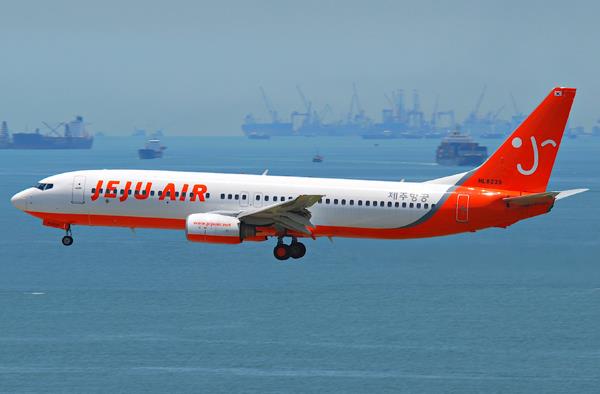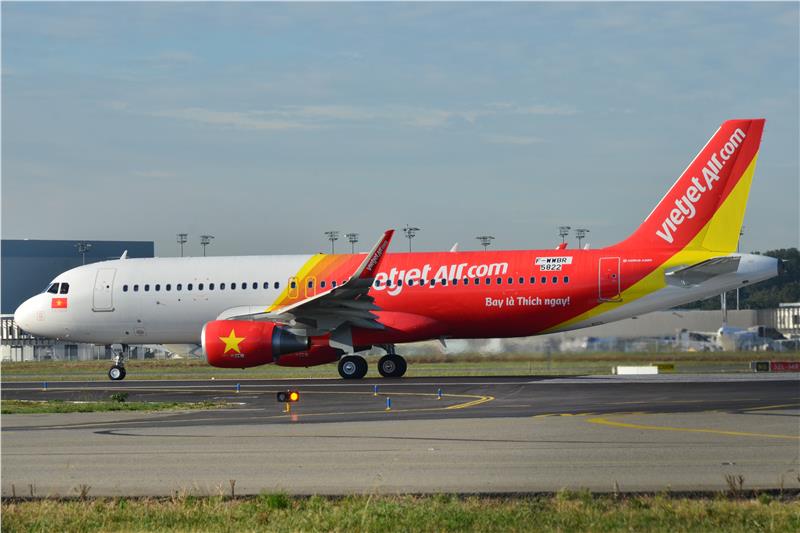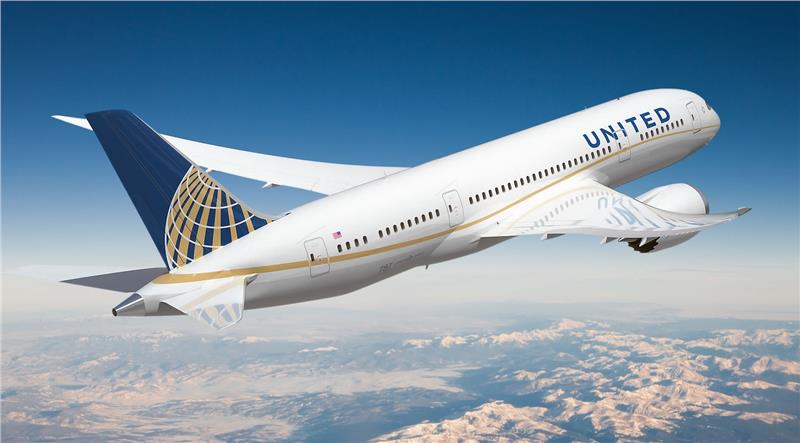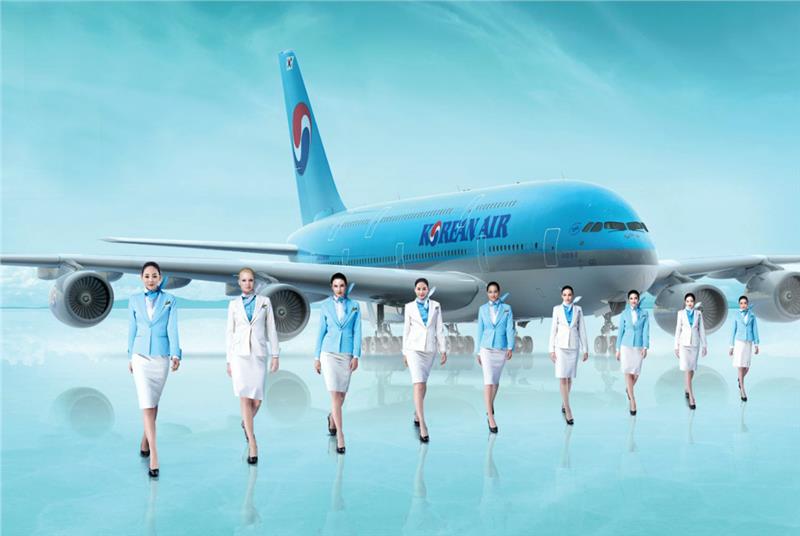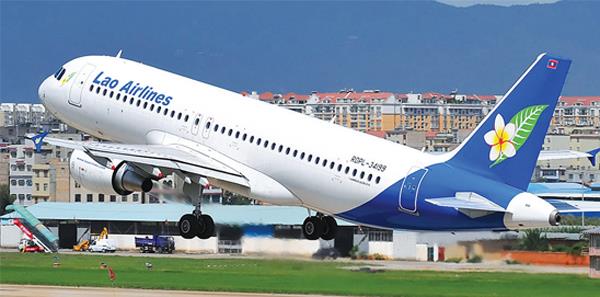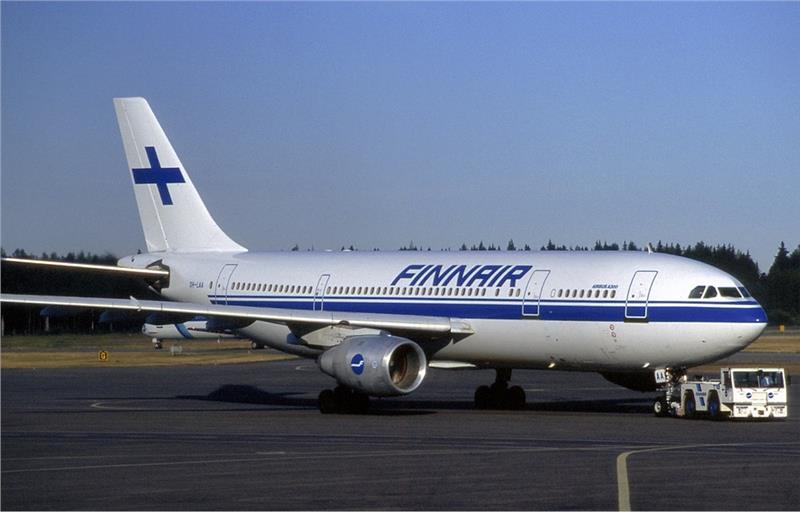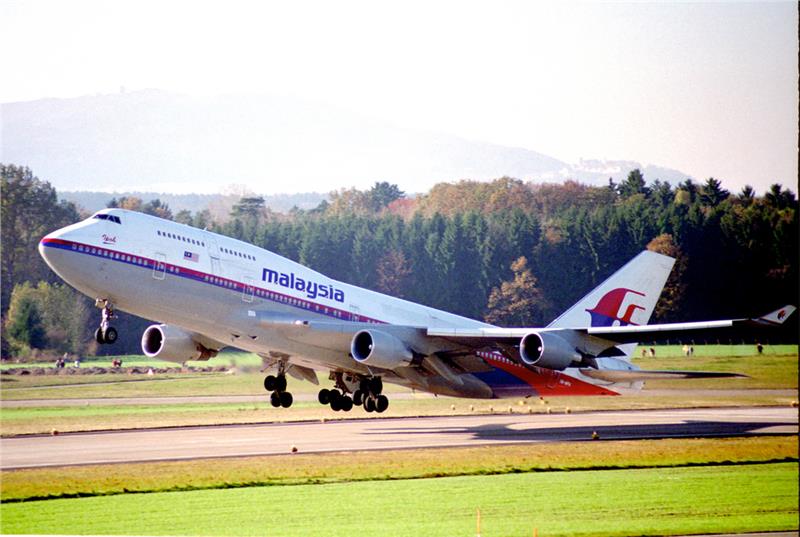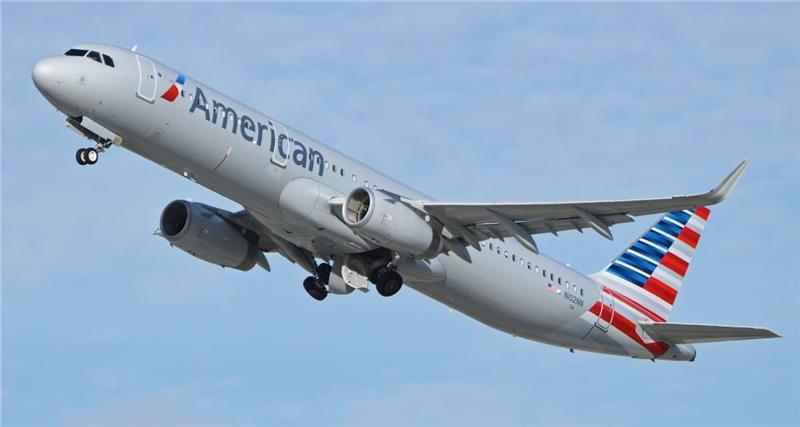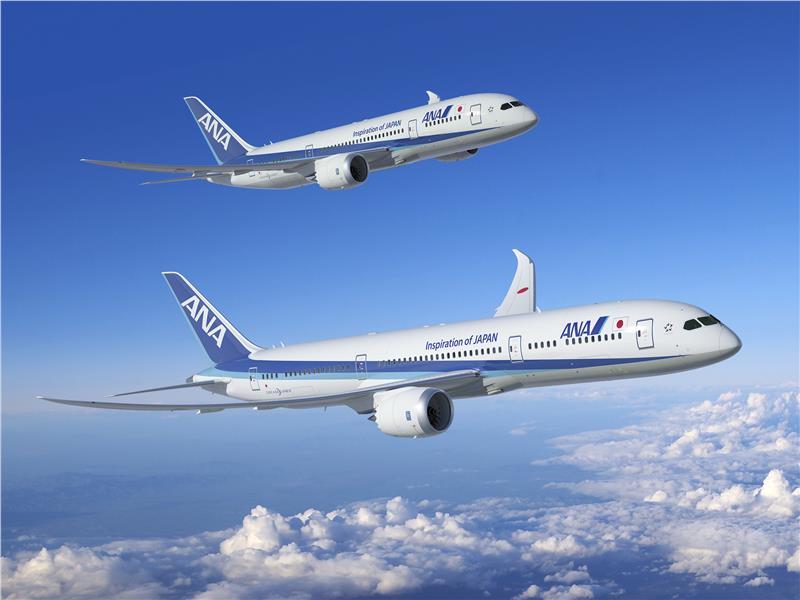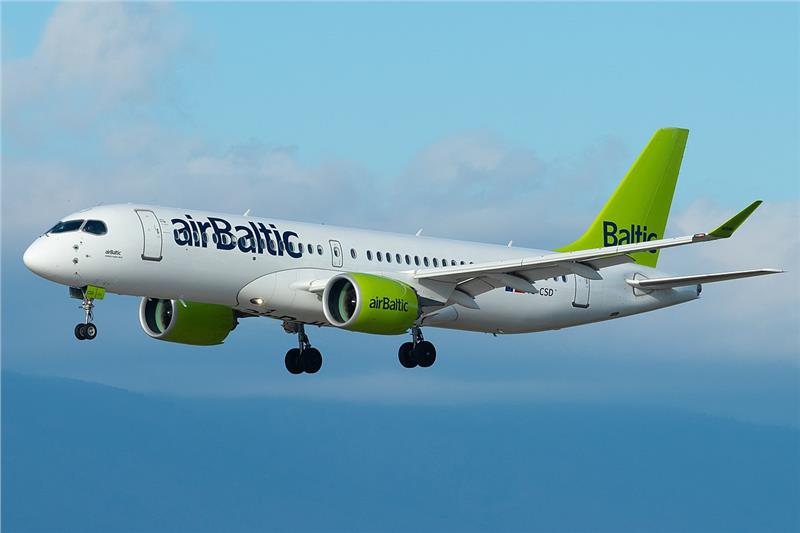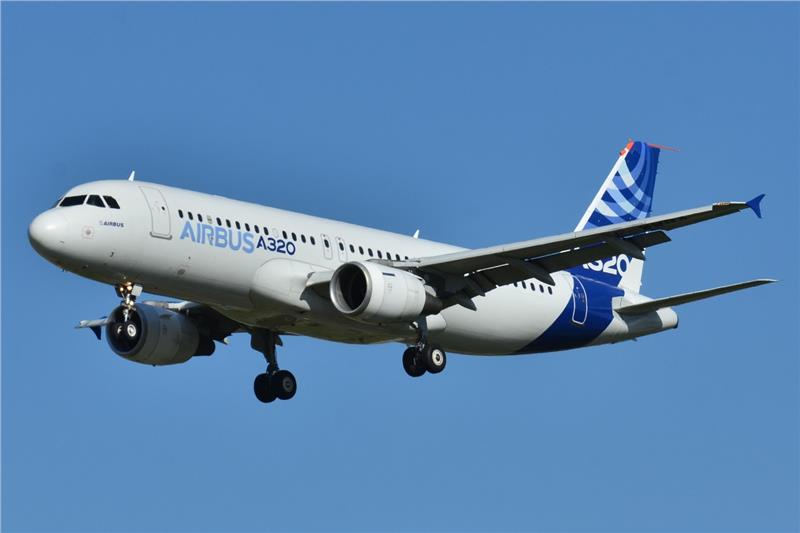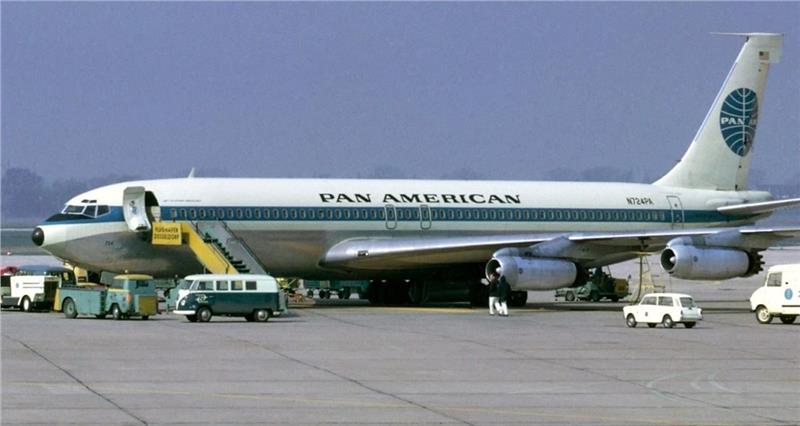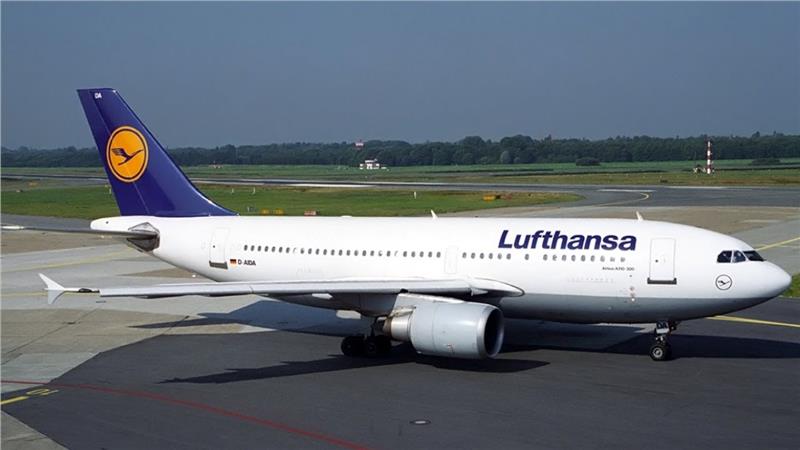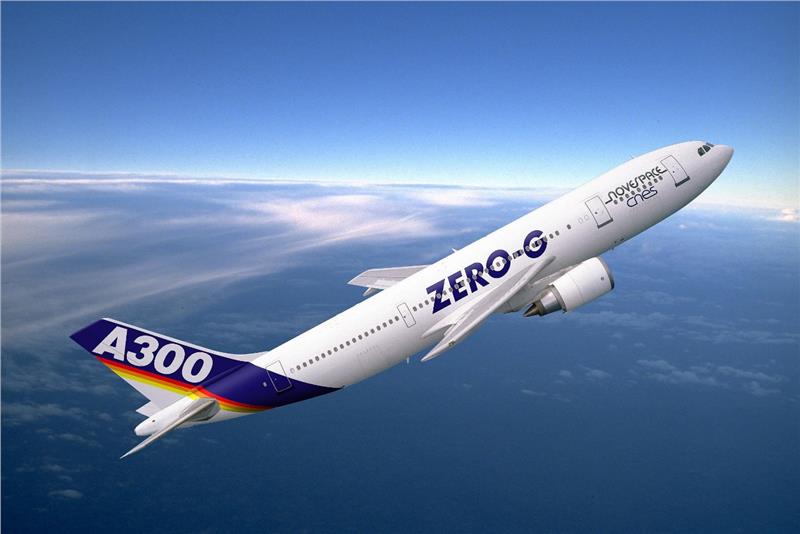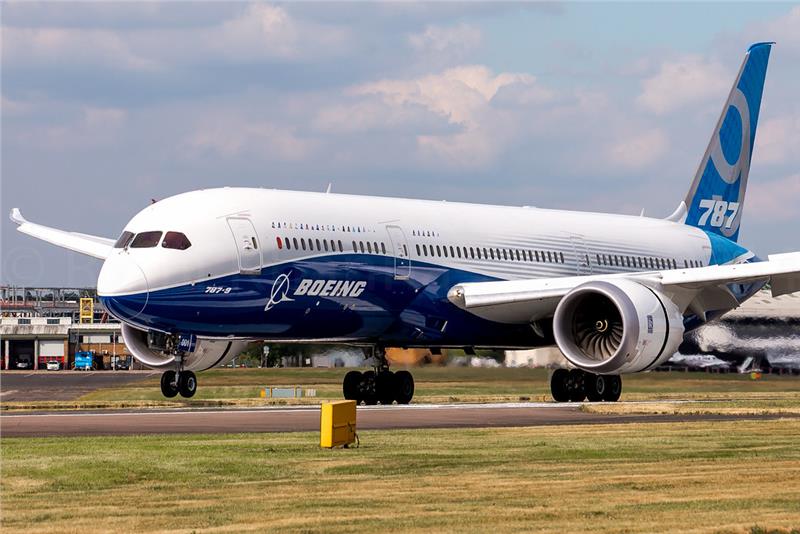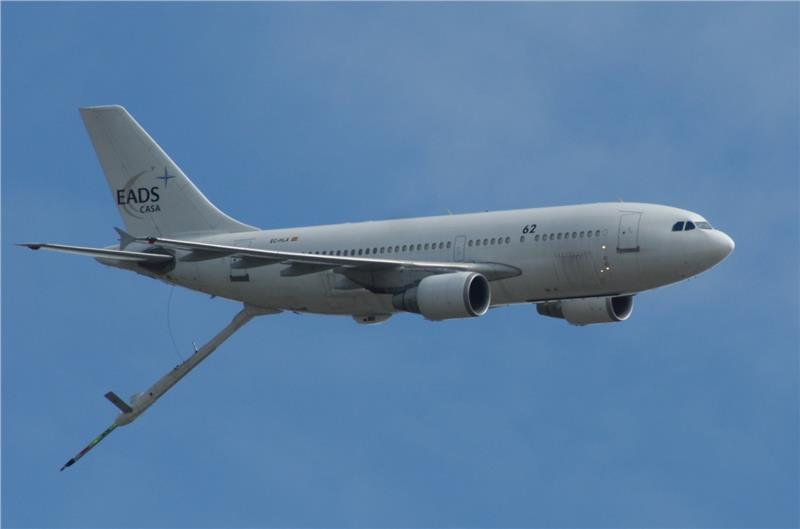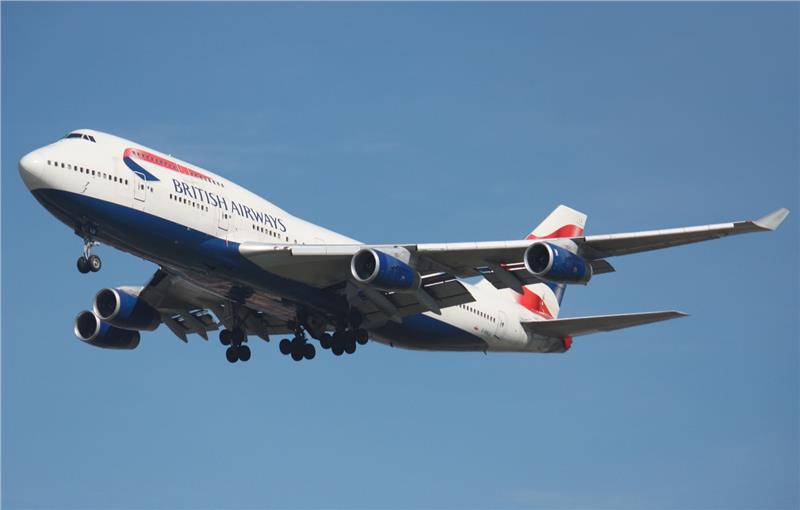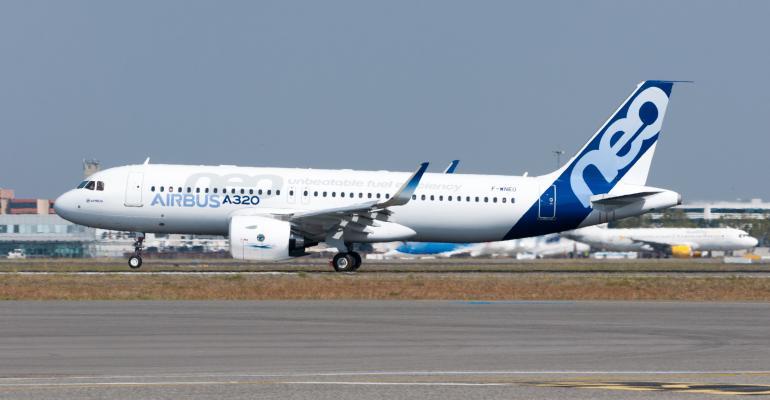Boeing Model 15 was a fighter airliner manufactured by the Boeing company in the 1920s. In the below article, AloTrip will provide the most useful information about Boeing Model 15.
Boeing Model 15 was a single - seat open - cockpit biplane fighter aircraft manufactured by the Boeing company in the 1920s. The Model 15 aircraft primarily served the United States Army Air Services and the US Navy. Variants of Boeing Model 15 include XPW-9, PW-9, PW-9A, PW-9B, PW-9C, PW-9D, XP-4, AT-3, FB-1, FB-2, FB-3, FB-4, FB-5, FB-6 and FB-7.
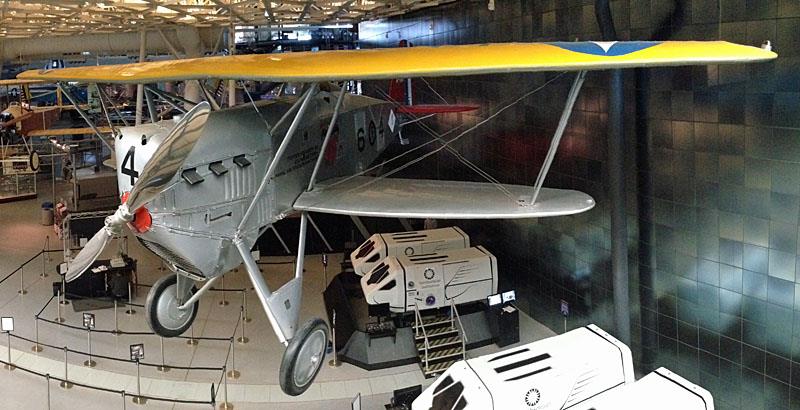
Development
The design of Boeing Model 15 based on the studies of the Fokker D.VII, 142 examples of which had been bought to the US for evaluation.
In 1923, Boeing manufactured Model 15 to compete with Curtiss Model 33 in the contract for supplying aircraft to replace Thomas-Morse MB-3A in the US Army Air Force service. The Model 15 made its first flight on 02 Jun 1923.
Both Curtiss aircraft (called PW-8) and Model 15 (called PW-9) were accepted. However, the air force preferred PW-9 because it had better performance than PW-8 in all except speed.
Operational history
In October 1925, 25 PW-9s were delivered for the first time.
From 1925 to February 1931, Boeing delivered a total of 113 PW-9s of all versions including the prototypes to the US Army Air Force.
In December 1924, the Navy ordered 10 FB-1 aircraft and was assigned to Marine Corps squadrons VF-1M, VF-2M, and VF-3M, being deployed to China to support the Marine Corps Expeditionary Force.
Two additional airliners, designated FB-2, were modified to operate on the carrier USS Langley (CV-1) of the US Navy. In December 1925, they entered service with VF-2 squadron
The satisfactory results brought in an order for 27 FB-5s. Its first flight took place on 7 October 1926. The FB-5s were delivered to the Navy in January of the following year.
Specifications
- Cockpit crew: One
- Length: 23 ft 5 in (7.1 m)
- Wingspan: 32 ft (9,7 m)
- Airfoil: Göttingen 436
- Height: 8 ft 2 in (2,40 m)
- Span area: 260 ft² (24,1 m2)
- Empty weight: 1.936 lb (878 kg)
- Loaded weight: 3.120 lb (1.414 kg)
- Powerplant : 1 × Curtiss D-12 water-cooled V-12, 435 hp (315 kW)

